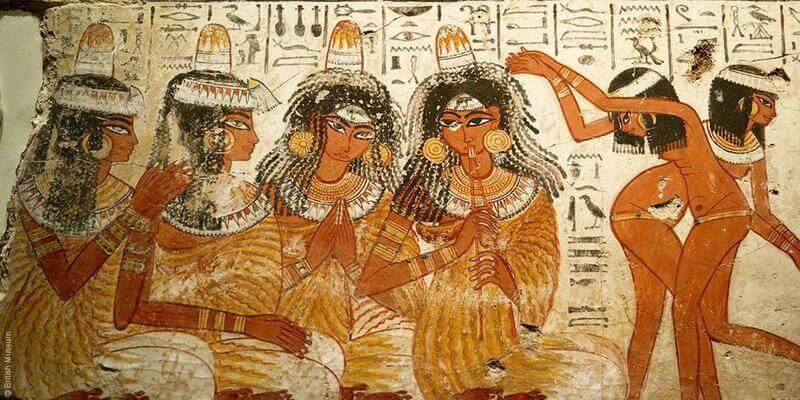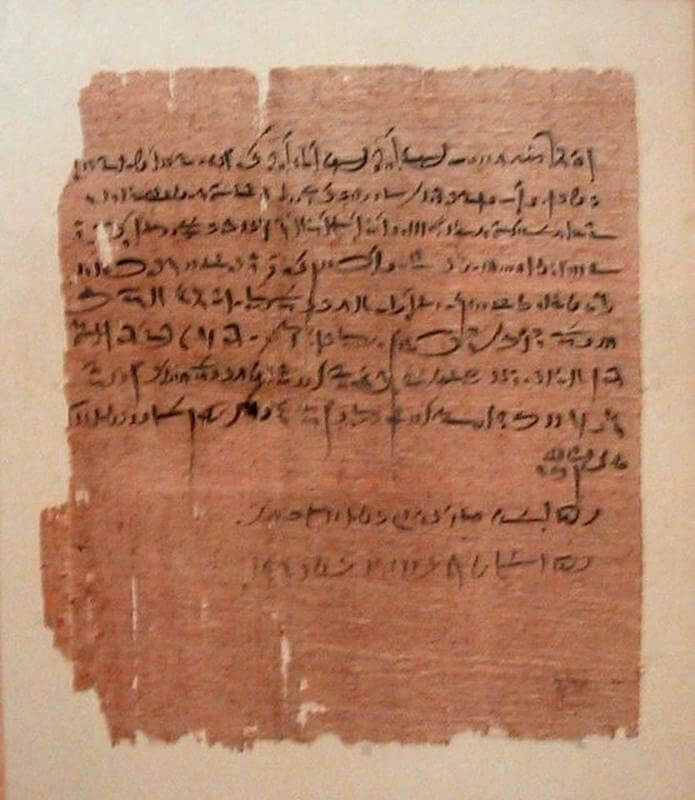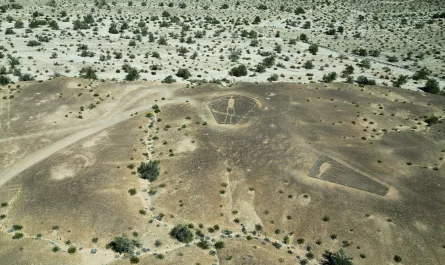Pregnancy tests are never enjoyable to need, and they are almost never utilized for anything other than worry. This issue dates all the way back to Ancient Egypt. We’ve experienced this issue forever. Pregnancy tests were not only available to and used by Ancient Egyptian women, but they were also more comprehensive than modern pregnancy tests in that they predicted the baby’s gender at birth and were very accurate for the time (70 percent, which is really not bad at all). Even though they employed the same technique as we do today—having the lady provide a urine sample—the Ancient Egyptians did. Over 3500 years ago, we discovered that urine samples were directly related to fertility, and we still use this information today.
So how did ancient Egyptian pregnancy tests work so well, and how did they also, to a certain extent, identify the baby’s given sex? The procedure involved peeing in bags of barley and emmer wheat, so it’s not exactly like they were peeing on sticks and getting answers for “yes” or “no.” If each bag sprouted any seedlings, the woman was definitely pregnant, according to their science, which was 70% correct, according to The National Institute of Health. They weren’t precisely relying on hormone-based outcomes, though.
Any sprout from either bag indicated pregnancy, but depending on which sprouted first, you could determine whether the baby would be a boy or a girl. At birth, the baby’s gender would be determined by whether the barley or the emmer wheat sprouted first. If the emmer wheat sprouted first, the baby would be a girl.

Because replication-based tests are more common today, historians tend to view the test as not being very accurate. Barley and emmer wheat aren’t exactly reliable indicators of a child’s gender. But that is with the biology of modern women. Our biology has altered, mutated, evolved, and complied as necessary throughout time.
The barley vs. emmer wheat test is a good illustration. This test may have been significantly more accurate when it was regularly used because estrogen levels in ancient Egypt and among women in general were substantially higher.
If the society had persisted in its original enthusiasm, it is impossible to know what discoveries their science may or may not have made at that time, but even then, this was simply the best they had at the moment. After all, they did develop astrology.

According to one article that cited research by Sofie Schidt, Ph.D., “Many of the ideas in the medical texts from ancient Egypt appear again in later Greek and Roman texts… From here, they spread further to the medieval medical texts in the Middle East, and you can find traces all the way up to premodern medicine.”
There is currently no known reproducible association between these two, despite the fact that pregnant women release a wide variety of hormones throughout their pregnancies that would trigger early flowering in some plants.
One theory as to why this test was so tried and true in the papyrus that was read to unravel these puzzles is heightened estrogen levels in ancient Egyptian women.
The fact that infant mortality rates were quite high in Egypt as well as the rest of the world may not come as a surprise. They tried their best to keep the infant well-fed throughout infancy and breastfed their children, especially in such unsanitary surroundings, when infant immunity is decreased after weaning, according the University of Chicago.
One study described how “piss prophets” (which is their genuine name) would diagnose pregnancies based on pee, sometimes mixing it with wine to see if there was a reaction. This practice led to the popular notion that urine was directly related to fertility in the medieval ages. They would also soak a ribbon in a woman’s urine, burn it, make her smell it, and if she gagged, she was most definitely pregnant. Things got weird in the Middle Ages.

To put it another way, young Egyptian children under the age of five essentially had to run a gauntlet of survival until they turned five, or around that time. After that, they were supposed to live long lives of up to 33 years old, and 29 if they were female.
In light of the fact that many ancient Egyptian cemeteries had a childhood mortality rate peak at “about age 4,” which is roughly around when ancient Egyptians started weaning (weakening their immune systems to get ready to consume solid food), “indirect evidence” comes from the University of Chicago.
It goes without saying that they did a lot of their thinking right, and the fact that there are so few ancient Egyptian texts that mention this just highlights how much more there is to learn about Ancient Egypt in general. This ancient Egyptian pregnancy test even made its way over to Greece and even modern and, to some extent, medieval medicine.
Furthermore, in terms of urban legends, it’s not like we are exempt from them in this case. Ours include beloved classics like the notion that a woman who consumes a lot of sweets, garlic, or has acne will give birth to a girl, as well as notions that a male will be born if she has a healthy glow and dilated pupils.





